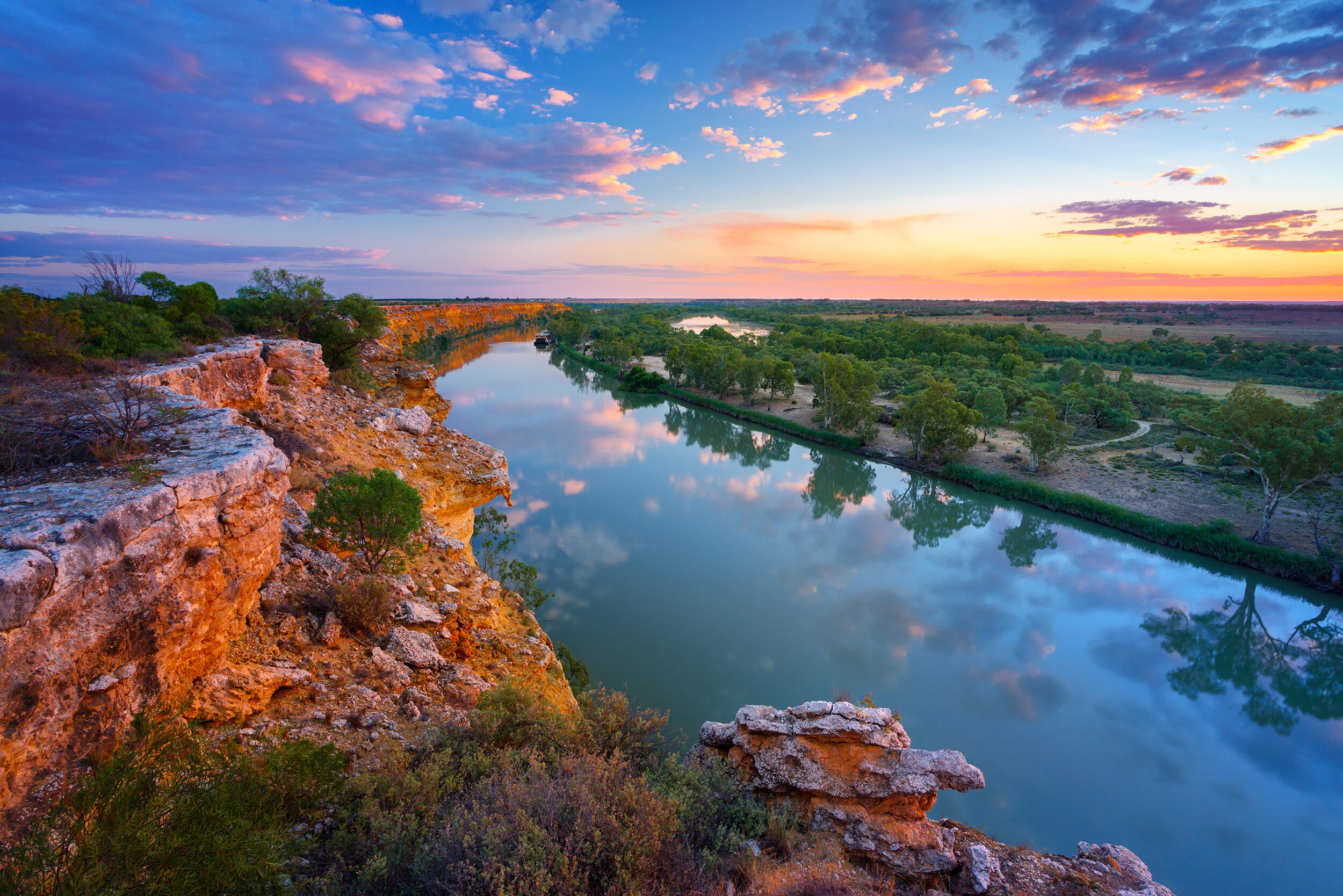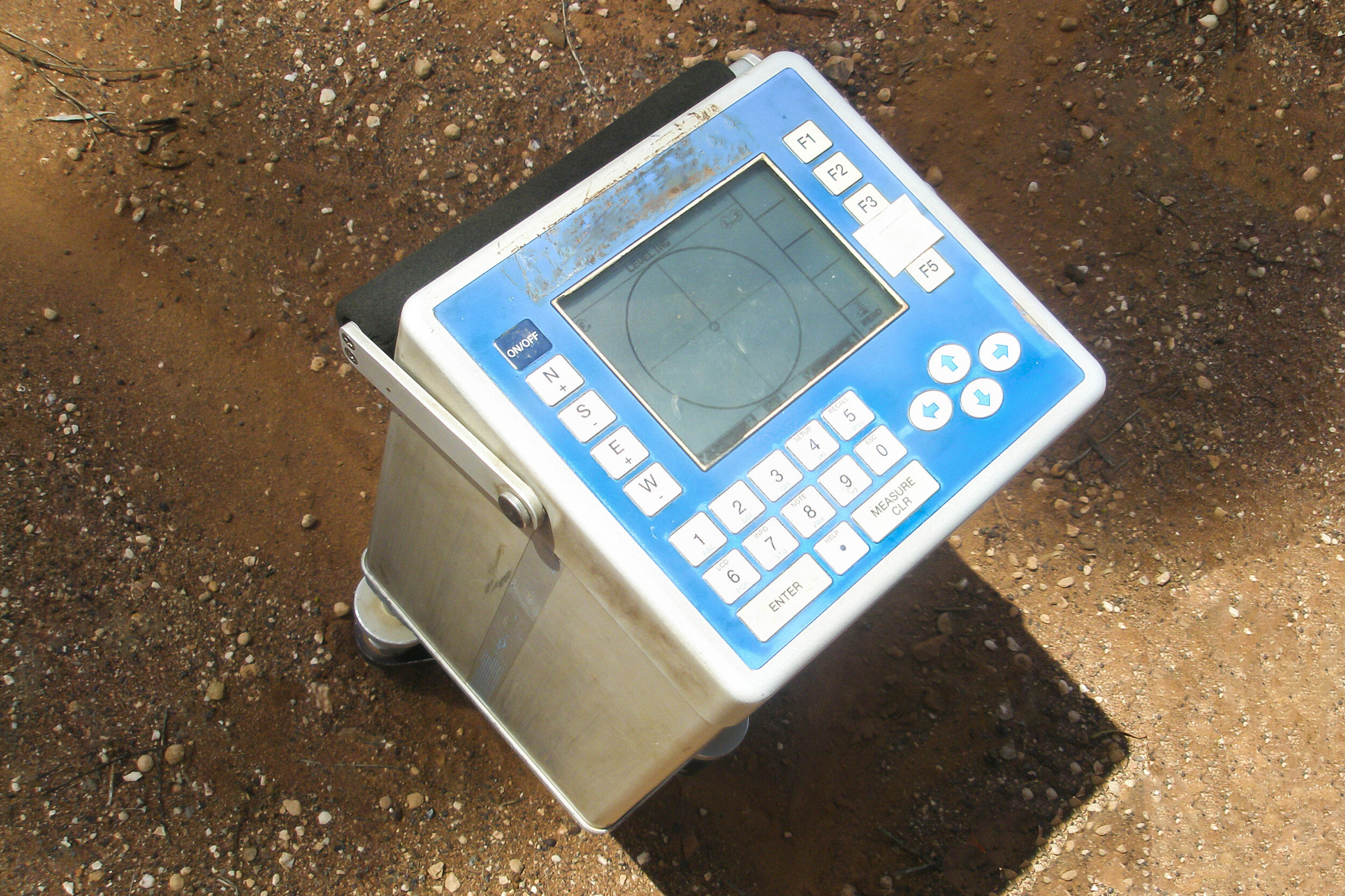
Smart Sensing to Better Understand Our Water Resources and to Build a Drought Resilient NSW & ACT.
Water is a shared, limited, resource that is used by many across the land. To best manage our water, we first need to sense both its quality and quantity. Smart sensing of water aims to fill the gaps in our understanding of the complex water cycle, so it can be rightfully allocated and treated to protect our environment, safeguard our key industries, and supply for residential use.
Australia continues to face challenges accessing water. The cycles of dry and wet conditions are becoming more extreme due to the effects of climate change. During 2019-2019 we suffered severe dry conditions, rainfall deficiencies and record high temperatures that severely impacted most of eastern Australia . In 2019, conditions were drier and hotter than any other NSW drought in the last 120 years. Then, over 2020-2022, heavy rainfalls caused by consecutive La Niña seasons resulted in extreme flooding that introduced excessive amounts of contaminants into the water system and causing environmental harm. Heading into 2023 and beyond, we are now entering another dry season and its associated challenges.
Drought-induced arid landscapes see limited natural inflows to rivers and a decline of groundwater levels across the Murray–Darling Basin. Aquifer systems are impacted by low rainfall, decreasing stream recharge and increased pumping for consumption. As a result, water restrictions across NSW impact farmers, irrigators and residents.
This intensified drought-flood cycle also takes a severe toll on our biodiversity, leading to mass fish deaths and intensified wildfires. Three large fish death events occurred over December 2018 and January 2019 in rapid succession along the Darling River. These events saw over a million fish die from lack of oxygen.
NSSN Grand Challenge: Water
This NSSN Grand Challenge looks to apply smart sensing technologies to address water challenges. We look to support projects in areas such as, but not limited to:
Remote sensing technologies for mapping water availability, movement, or quality
Water quality sensors – either in-situ or non-contact methods
Water usage sensors – for improving industrial or agricultural usage of water
Pathogen detection – for assessing healthy drinking water
Data acquisition and modelling – of complex water systems for better management
The NSSN Grand Challenges, one of which is water, aim to tackle Australia’s most intractable problems by bringing together the smart sensing expertise of eight research powerhouses across NSW and the ACT with industry and government partners. We welcome proposals that consider the usage of the above methods to tackle major issues such as ground water detection, flood plain harvesting, river health, and water treatment practices.
The NSSN Water Grand Challenge responds to the following UN Sustainable Development Goals (SDGs):
Avoiding the Next Mass Fish Kills
Sensors can be developed and deployed to measure the flow in the Darling River and monitor both the quality and the quantity of water to prevent future fish kill events. Existing sensors can measure the dissolved oxygen content but fail to be durable due to challenging environmental conditions, causing them to foul over time.
Researchers at Macquarie University have developed a low-cost capacitive nitrate sensor that communicates over a LoRa network. Measurements (in the range of 1-40 ppm) made at river, canal and tap water samples recorded errors less than 5% when compared to traditional UV-spectrometry methods. The sensor can be adapted to measure the level of dissolved oxygen in the water. Macquarie University also possesses expertise in robotics to sample portions of water at the time of measurement which could improve the sensor’s life cycle.
Using Quantum Sensors to Map and Monitor Aquifers in Real-time
Managed aquifer recharge is a promising method to store water underground without any risk of evaporation and contamination. However, much research is needed to understand the complexity of groundwater systems.
Researchers at the Australian National University (ANU) have created cutting-edge quantum gravimeters to map aquifers and monitor the conditions inside in real-time.
Quantum sensing technology uses atoms at a temperature 1 millionth of a degree above absolute zero as the falling test-mass. Precise lasers measure how far the atoms fall in a fixed time, allowing researchers to determine the local gravity.
The technology has been trialled and tested as part of NSSN’s multi-million dollar Advanced Sensing to Predict Leaks and Breaks project with Sydney Water and other water utilities for the first time in Australia.
With the support of the NSW Government, the NSSN is your one-stop shop for multi-disciplinary expertise and technology.
To find out more about the NSSN Water Grand Challenge, please contact Dr Tomonori Hu at tomonori.hu@nssn.org.au














